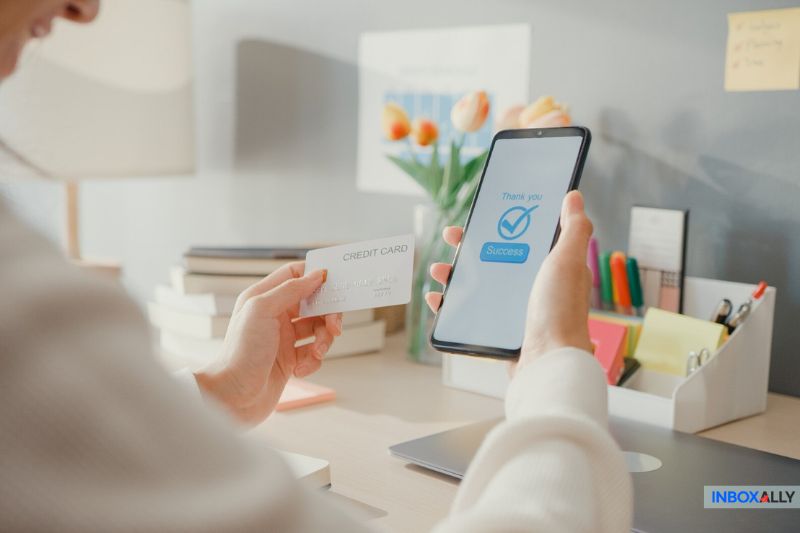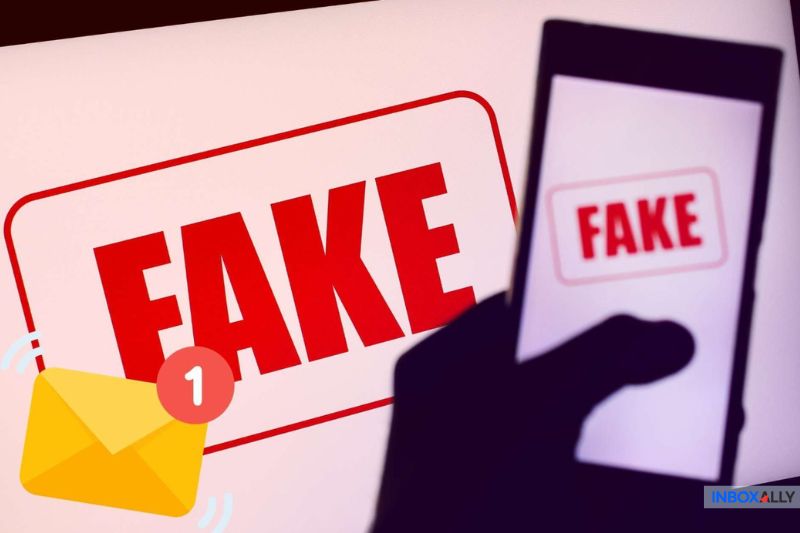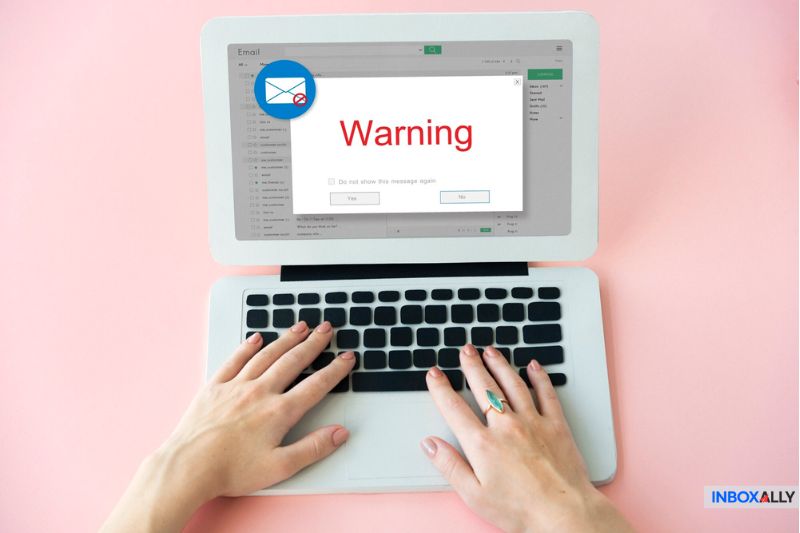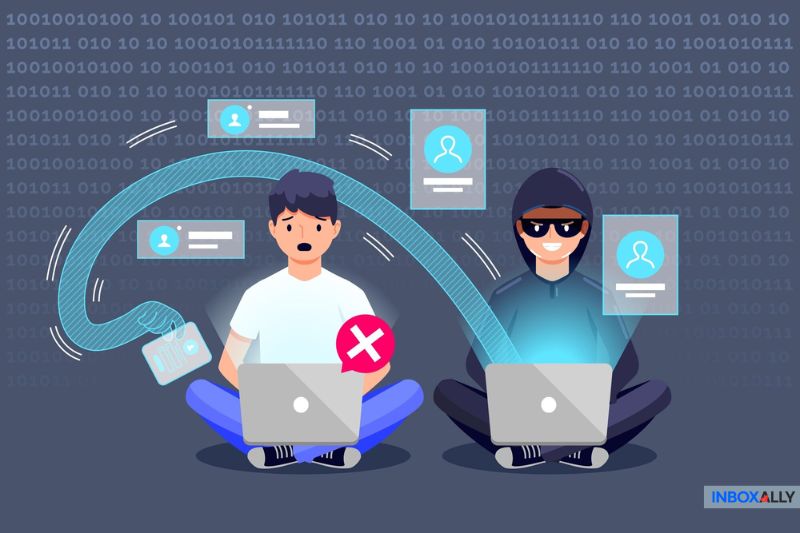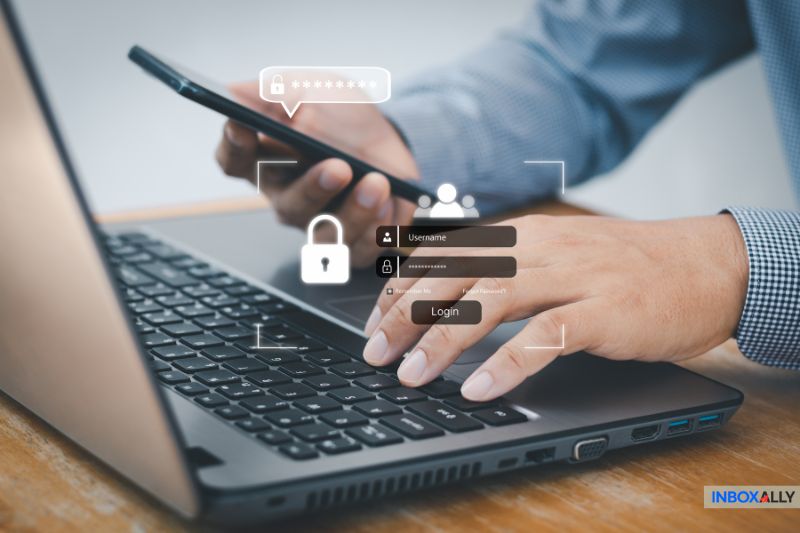Order confirmation emails should be routine. You buy something, and within seconds, a receipt lands in your inbox.
Sometimes, though, real order confirmations get flagged as spam. Other times, phishing emails posing as order confirmations slip right through. With 3.4 billion phishing emails sent daily, scammers have turned fake order receipts into one of the most effective phishing tricks.
This creates two problems:
- Customers lose trust when their actual receipts never arrive.
- Scammers exploit the confusion to steal login credentials and payment details.
Spam filters are supposed to solve this, but they don’t always get it right. So why do real order confirmations land in spam? Why do phishing emails slip through? And most importantly—how do you tell the difference?
In this guide, we’ll explain:
- How scammers design fake order emails that look real enough to fool you.
- What happens when you click on a phishing link.
- How can you protect yourself from these scams.
Let’s dive in!
Why Legitimate Order Confirmations End Up in Spam
You just bought something online—a new phone, groceries, concert tickets, what have you. You expect a confirmation email to land in your inbox immediately. But it’s not there. You refresh your email. Still nothing. Then, on a hunch, you check your spam folder.
There it is—right next to a fake PayPal alert and a shady “Claim Your Reward” email.
Why did your real order confirmation end up in spam? Because spam filters aren’t perfect.
They’re designed, among other things, to scan emails for suspicious traits like unverified domains, too many images, or trigger words like “urgent” or “act now.” The problem is that many legitimate order confirmations contain those same traits. If a business’s email settings aren’t configured correctly, its emails can get flagged.
This leads to a bigger issue. If real order confirmations keep going to spam, customers start checking their spam folders regularly—a habit scammers exploit. When people get used to finding real receipts in spam, they’re more likely to trust a fake one.
That’s what makes phishing emails so dangerous. Scammers don’t need to trick everyone—just enough people who are already conditioned to believe that “sometimes, real order emails end up in spam.”
So how do these fake order confirmations manipulate people into clicking? Too often to be ignored.
But legitimate order confirmations shouldn’t end up in spam. With InboxAlly, you can train inboxes to recognize and prioritize your emails so customers actually see them. Book a free demo and try it out!
How Scammers Manipulate Psychology with Fake Order Emails
Most phishing emails aren’t trying to be perfect—they just need to make you react before you think.
Say you get an email: “Your payment of $399.99 has been processed.”
You don’t remember making this purchase and your heart skips a beat. Right below the charge, there’s a blue “Cancel & Refund” button. In a moment of panic, clicking feels like the fastest way to fix the issue.
That’s exactly what scammers count on.
Fake order confirmations rely on two emotions:
- Panic: A charge for hundreds of dollars is something you need to stop now.
- Curiosity: “Your package is out for delivery.” But you never ordered anything. What is it?
To heighten the urgency, scammers use phrases designed to rush you into action:
- “Your account will be charged in 24 hours unless canceled.”
- “Click here immediately to avoid being billed.”
- “Your order has shipped—track it now.”
Phishing scams spike during holiday seasons and major sales events like Black Fridays when people are expecting confirmation emails. And because 51% of phishing emails impersonate trusted brands like Amazon, Apple, or PayPal, they blend in with real transactions—beware!
How to Spot a Fake Order Confirmation
Some scam emails are so obvious you can spot them a mile away—broken English, wrong dates, sketchy names, etc. But others are almost too good.
The “best” fake order confirmations look just real enough to trick even tech-savvy people. But not falling for the trick becomes easier if you know what to look for.
Here are a couple of tips:
- Check the sender’s email address.
A real company isn’t going to send you an order confirmation from @gmail.com or something like AmazonSupport123@yahoo.com. Scammers tend to use domains that almost look legit, like @amazon-orders.com instead of @amazon.com. Always double-check.
- Look at the formatting and grammar.
A real order confirmation is clean and professional. If the email has:
- A mix of different fonts or strange spacing
- Awkward phrasing like “Your purchase has been successful for the amount of 399.99 USD”
- A date format that doesn’t match your region (like DD/MM/YYYY instead of MM/DD/YYYY)
…it’s probably fake.
- Hover over links before clicking.
Scammers need you to click without thinking. But before you do, hover over the link. If the email claims it’s from PayPal, but the link says paypa1-support.com, stay away. Legitimate companies never ask you to log in through an email to “verify” anything.
- Double-check before downloading attachments.
Stores don’t send order details as ZIP files, Word documents, or PDFs that require “Enable Content.” That’s a classic malware trap. If you weren’t expecting an attachment, don’t open it.
Scammers count on you trusting your inbox. But now that you know the signs, you won’t make it easy for them. Stay sharp, and when in doubt—don’t click!
Why Spam Filters Fail to Catch All Fake Order Emails
As we’ve mentioned, spam filters can make mistakes. They rely on email authentication, sender reputation, and link safety to decide what’s spam. But scammers have ways to slip past these defenses.
Now what makes spam filters less than ideal in these situations?
- False positives – A legitimate business forgets to authenticate its emails using SPF, DKIM, or DMARC—suddenly, its real order confirmations land in spam. Meanwhile, a scammer who carefully avoids spam triggers gets through.
- Lookalike domains – A real confirmation message comes from @amazon.com. A fake one comes from @amazon-orders.com. The difference is small, but it’s enough to fool both spam filters and people who aren’t looking closely.
- Image-heavy emails – Real order confirmations often have logos, banners, and minimal text. But spam filters don’t like image-heavy emails. They sometimes block legitimate receipts while allowing phishing emails that strike the right text-to-image balance.
- AI-generated phishing emails – Phishing emails aren’t as sloppy as they used to be. Some scammers use AI to mimic a company’s writing style, which makes their emails harder to spot.
Spam filters help, but they’re not enough. That’s why understanding what happens if you click a fake order email is just as important. So let’s talk about that…
What Happens If You Click a Fake Order Email?
One click. That’s all it takes to turn a minor mistake into a major problem.
Fake order emails are built to steal something from you. Here’s what happens when you fall for one:
Stolen login credentials
Clicking a link in a phishing email usually takes you to a fake login page that looks just like Amazon, PayPal, or your bank. Enter your username and password and you’ve just handed scammers access to your sensitive information.
Malware infections
Some phishing emails go beyond fake login pages. Attachments labeled “invoice” or “order details” can actually contain:
- Keyloggers – Record everything you type, including passwords and personal or financial information.
- Ransomware – Locks up your files and demands money to unlock them.
Credit Card Theft
Some fake order emails include a “Cancel Your Payment” button. Click it, and you’ll land on a form asking for your credit card details. The moment you submit them, scammers can make fraudulent purchases or empty your account.
80% of security breaches involve phishing and 35% of ransomware attacks begin with a single malicious email. If businesses want to protect customers (and themselves) security is something they can’t afford to overlook.
Not sure if your emails are landing where they should? InboxAlly’s free email tester shows you exactly how inbox providers treat your email messages. Test your emails before they hurt your deliverability.
Why You Should Use 2FA Authentication
With two-factor authentication (2FA) you have to verify your identity another way after entering your password—through an authentication app, a fingerprint, or a physical key. Even if someone steals your password, they’re locked out.
Most platforms offer 2FA—email providers, banks, and social media. Setting it up takes minutes, but it makes hacking your account much harder. Google, Microsoft, and Apple all recommend using it.
The best way to use 2FA is an authentication app like Google Authenticator or Authy. If you ever get a 2FA prompt you didn’t request, someone has your password. Change it immediately.
2FA stops most account hacks before they happen. It’s one of the simplest, most effective ways to keep your sensitive data safe.
Final Thoughts
Fake order confirmation emails blend into the noise of everyday transactions. Scammers exploit routine, urgency, and trust, hoping you’ll react before thinking. But once you know the warning signs, spotting them gets easier.
Phishing isn’t going away. It’s not a matter of if you’ll receive a fake order email—but when.
Next time one lands in your inbox, think before you click. That moment of hesitation can save your security, your money… and your sanity!
And if you’re having trouble delivering your all-important order confirmation emails to customers, check out InboxAlly. Nothing says “trustworthy” like a confirmation email that arrives on time!
